Le musée vous accueille le vendredi 15 août de 10h30 à 18h30 aux tarifs habituels.
+ d'infos
Eternities
The exhibition route
Passages between two worlds
While human societies make a distinction between the visible and the invisible, they allow for the possibility of exchanges between these two worlds. Guardian or evil spirits are believed to be able to influence the world of the living. To begin the experience, visitors are greeted with a figure that is common to North American Indian, African and Inuit cultures: the intercessor. A shaman or ancestor, this person is the point of contact between the world of the living and that of the spirits and the dead. Objects are made in order to communicate with the spirits, as well as to honour or guard against them.
Read more
The contemporary relationship with death
Like a pause during the visitors’ experience, cocoon seats, placed beneath a well-lit dome, invite visitors to ask questions about the meaning of death in today's societies.
Read more
The materiality of death
Subsequent sections of the experience compare the funerary practices of Egyptian, Peruvian and Caucasian cultures. Exhibits of human remains, grave goods and the three types of graves, displayed as they were discovered, reveal the materiality of death.
Read more
Giving meaning to death
The experience ends with two motifs to reflect on, like two propositions of the relationship with death. On one side, the Buddhist Parinirvana offers a peaceful vision, in which death is the supreme achievement for any believer. On the other, the Western vanitas invites us to consider the fragility of our condition and the impermanence of human existence.
Read more
- Roland Bacon, astrophysicist
- Élisabeth de Fontenay, philosopher and essayist
- Pierre Gibert, critic and historian of religions
- Pascal Picq, palaeoanthropologist
- Pierre Thomas, geologist
Émile Guimet Gallery

